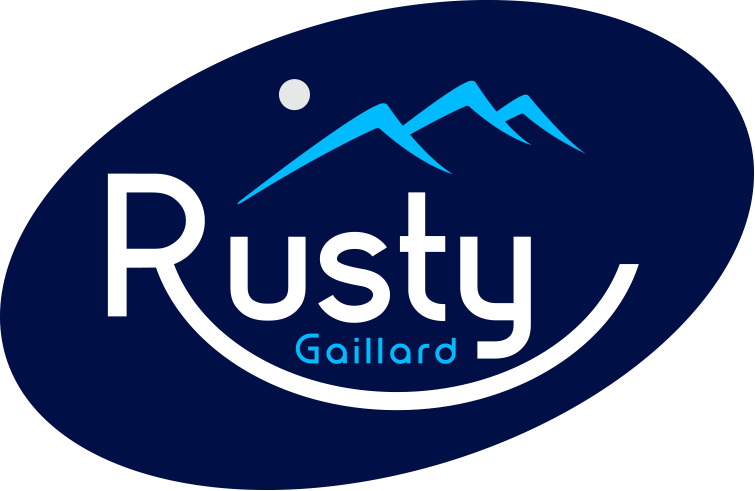Mastering Executive Presence: Why Smart Leaders Struggle to Connect
Executive presence is unique among leadership qualities because it exists entirely in the minds of others. You don't control it directly - it must be earned through how others perceive and experience you. While many factors contribute to executive presence, confidence consistently ranks as the number one attribute people associate with strong leaders. This creates an interesting challenge: you must genuinely feel confident while also ensuring that confidence is felt by your audience.
For high-achieving professionals in corporate environments, technical excellence and analytical thinking are familiar territory. Yet you may find yourself hitting an unexpected ceiling in your career growth – not because you lack capability, but because you haven't mastered the delicate art of executive presence.
The Excellence Trap
The very qualities that drive early career success – analytical rigor, data-driven decision making, and flawless execution – can become limitations when stepping into senior leadership roles. While these skills remain valuable, they're no longer sufficient. Leadership at higher levels demands something more nuanced: the ability to connect authentically with others while maintaining professional credibility.
When asked to present to senior stakeholders or lead important initiatives, many very smart people rely on their strengths, trying make their point with data, charts, and technical details. This approach, while technically correct, often fails to engage listeners or inspire action. The missing element? The human connection that transforms information into influence.
The Power of Strategic Vulnerability
True executive presence isn't about perfect posture or memorized presentations – it's about knowing when and how to share personal experiences that illuminate bigger truths. A carefully chosen story, delivered in under two minutes, can create more impact than twenty slides of data. The key is selecting stories that evoke universal emotions while maintaining professional boundaries.
Mastering the Balance
Developing executive presence requires intentional practice in several areas:
Pace and Presence: Speaking more slowly and incorporating strategic pauses demonstrates confidence and control
Preparation With Purpose: Taking even three minutes before meetings to center yourself and clarify objectives can transform your impact
Story Selection: Leading with brief personal anecdotes that connect to business objectives creates engagement without sacrificing professionalism
Volume and Voice: Using proper breathing techniques and speaking from the diaphragm projects authority naturally
Breaking Through Barriers
For many analytical leaders, the suggestion to incorporate personal storytelling or focus on presence feels uncomfortable – even risky. There's often an underlying fear that showing any vulnerability will undermine their authority. However, the opposite proves true: authentic leadership creates stronger connections and more effective influence than technical expertise alone.
The Path Forward
You don't need to abandon your analytical strengths or technical expertise. Instead, think of developing executive presence as adding new tools to your leadership toolkit. When you can move fluidly between data-driven insights and human connection, you create a leadership style that resonates at all levels.
Executive presence isn't about changing who you are.
It’s about expanding your range.
The journey to developing executive presence starts with a simple shift: recognizing that leadership is about human connection. While technical excellence may have launched your career, it's your ability to engage hearts and minds that will define your legacy as a leader.
Every interaction is an opportunity to strengthen your executive presence. Whether you're leading a global presentation or having a one-on-one conversation, small adjustments in how you connect with others can create lasting impact. The key is to start small, stay authentic, and be willing to step beyond the comfort zone of pure analytics into the powerful territory of human connection.


